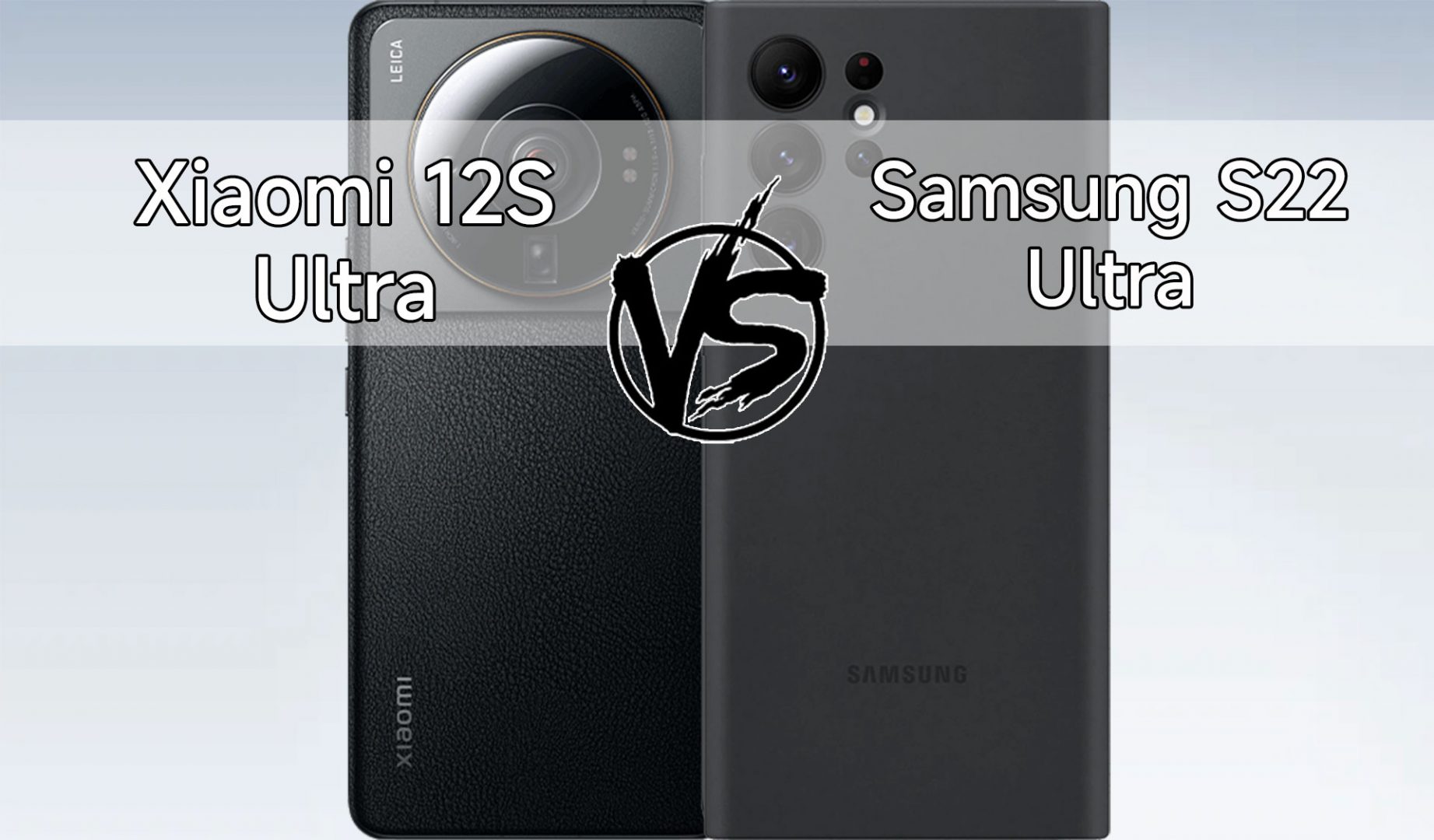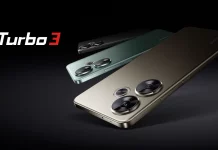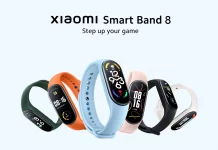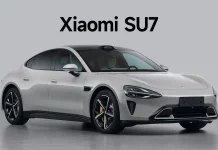Xiaomi surprised the Android tech world with the recent release of the Xiaomi 12S Ultra with your phone. From what I saw and heard at the launch, it's going to be the winner this year, in almost everything. We can believe that. But I'm not so sure about that, because it's going to have to be a contender for the Samsung Galaxy S22 Ultra-as opposed to. Compare the two and see if there is a new Android king on the market.
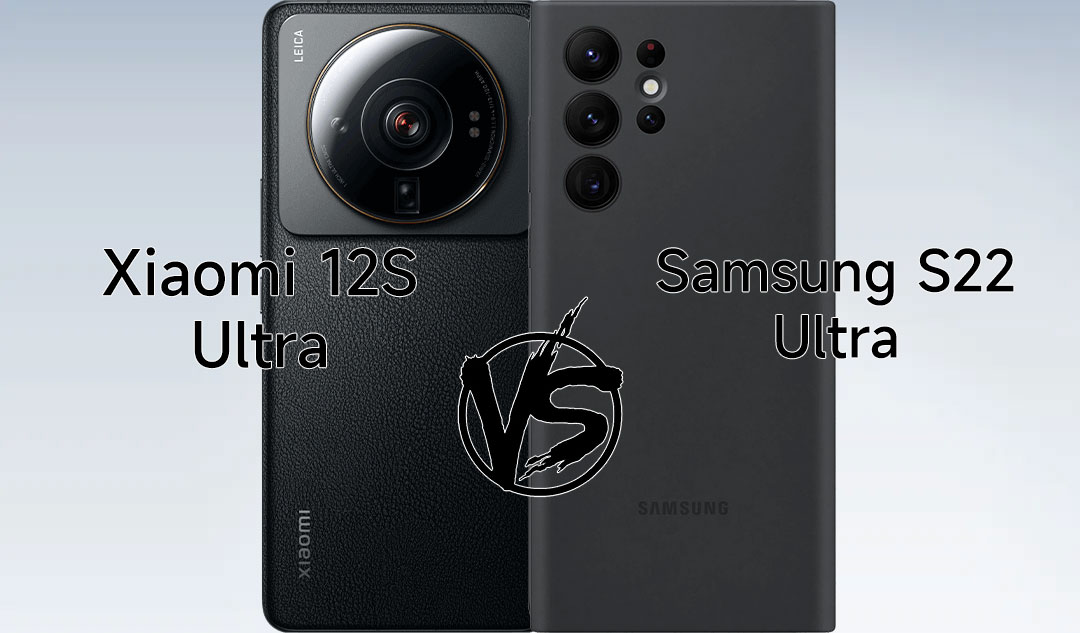
Design
The Samsung S22 Ultra looks pretty familiar, as it's been on the market since February and has been featured by many tech bloggers. Back and forth. The Xiaomi 12S Ultra is only 1 day old, but the biggest international blogger has got it and the tests and comparisons are already out there. All in all, Xiaomi is the clear winner in the first comparison! The leather effect back, the perfectly crafted camera island with gold frame is a huge hit. Samsung, on the other hand, won over many with its clean minimalist look, but not enough.
Xiaomi - Samsung
1:0
Screen
Unfortunately, there is unanimous dissatisfaction with the screen of the Xiaomi 12S Ultra, compared to the Samsung S22 Ultra. Xiaomi also uses Samsung's E5 panel, but they sacrificed a few features at the altar of power efficiency. Xiaomi's screen is not as bright as Samsung's and the bezels are thicker. In addition, the viewing angles are worse than on the previous Mi 11 Ultra, and they couldn't even eliminate the darkness next to the bezel. No one is convinced, Samsung is better at this.
Xiaomi - Samsung
1:1
Performance
Qualcomm's Snapdragon 8+ Gen 1 came out on top in all of the comparative tests of the SoCs in the two phones. Although MIUI has been the subject of many complaints in some global regions, it runs perfectly on the phone. All animations, apps run smoothly and lag-free, no glitches. Although the same can be said about Samsung, but still, to handle a more complex, more complex system with the same experience is a win-win. Whether Samsung has the Exynos 2200 or the Snapdragon 8 Gen 1 processor, Xiaomi still delivers a better user experience.
Xiaomi - Samsung
2:1
Software update
We Xiaomi fans know very well that with the annoying delays and abandonment of MIUI updates, our "faith" in the brand has been severely diminished. Especially when it comes to phones that have sold less. Unfortunately, the frequency of updates seems to be directly proportional to the number of active devices. So the top models are at a bit of a disadvantage compared to the popular Redmi phones. On the other hand, Samsung provides regular updates and bug fixes for all its phones for 4 years. Specifically, the Samsung S22 Ultra has four generations of One UI and five years of security updates currently. In contrast, the Xiaomi 12S Ultra is updated every 90 days and only goes through 3 Android updates for 4 years. They could take a leaf out of the competitor's book....
Xiaomi - Samsung
2:2
Camera
Now this is the most interesting part of the whole article. Since Samsung is ahead of the game in camera software development, it's been 5 months since they've been able to polish it. But. Xiaomi has now teamed up with Leica to put together camera software and algorithms. Spiced up with Sony's new 1″ image sensor and Leica's 8P lens, they've got the best. Although anyone who followed the demonstration with me, already there was something wrong with the images they presented. To the layman's eye, Xiaomi's images look lifeless, greyer than average. But mostly compared to the Samsung S22 Ultra. This is easy to explain, but not to understand. For Leica, it's more important to have a true-to-life view than an over-saturated and coloured miracle image. This cannot be blamed on Xiaomi, because the professionals, unlike the majority, welcome the end result.
With stills, it is not at all possible to decide which is better. Xiaomi's software is faster, has more features and the end result is something amazing. But not every detail. The people-focused images are amazing, better than the ones taken by Samsung. But not in every situation. Samsung's software, on the other hand, stays sharp on details that Xiaomi doesn't consider important. And sometimes that's exactly what matters. Stalemate.
The Xiaomi-Leica duo have also set the bar high for video. The biggest improvement for the brand can be seen here, even compared to the Mi 11 Ultra. Unfortunately, Samsung is just above average compared to Xiaomi. The dynamic range is brilliant, and the new Hyper OIS keeps the footage rock solid.
But! Unfortunately, the Xiaomi camera software still has bugs in the first versions. Switching between cameras is difficult, especially when shooting video. In the settings, you have to choose whether to take the drab and boring picture or the eye-warmingly beautiful colours. If you don't pay attention to this, you won't be very popular. What about the selfie camera? I think we'll leave that one, Samsung is doing the rounds on that one! Although Xiaomi has put in a 32 MP sensor, it's still not possible to shoot video at resolutions higher than 1080p. But seriously?
Xiaomi - Samsung
3:3
Battery
The two phones have almost the same battery capacity. The Xiaomi is 4,820 mAh, while the Samsung is 5,000 mAh. There is only a slight difference in capacity, but not in SOT time. There is no trueway here, Xiaomi is built on a more advanced hardware, it needs much less power for the same tasks than Samsung. Moreover, charging is also more efficient on the Xiaomi, as it pushes the battery with 67 W of deleload, while Samsung's only sacrificed 47 W for this. Wirelessly, that is. It's exactly the same for wireless charging, Xiaomi 50 W, Samsung 15 W. So it's clear that Xiaomi is the absolute winner in this matter. No doubt about it.
End result:
Xiaomi - Samsung
4:3
Overall, the Xiaomi 12S Ultra is the better phone and it has only just been released. If the initial software bugs are fixed, there is no doubt that it will remain the best phone of this year. Until someone makes a better one, of course. But until then it is. You could have even compared customer reviews, prices, etc., but none of that would have made sense. Unfortunately Xiaomi doesn't have the user base that Samsung has and prices can only be compared in the same region. We will see, maybe we can come back to these later.







![[148] HyperOS heti hibajelentés](https://helloxiaomi.hu/wp-content/uploads/2024/04/hyperosbugreport148-218x150.webp)


![[42. Hét] HyperOS globál ROM változások](https://helloxiaomi.hu/wp-content/uploads/2024/03/hyperoschangelogindex1080-218x150.webp)
![[40. Hét] HyperOS globál ROM változások](https://helloxiaomi.hu/wp-content/uploads/2024/03/hyperoschangelogindex-218x150.webp)










